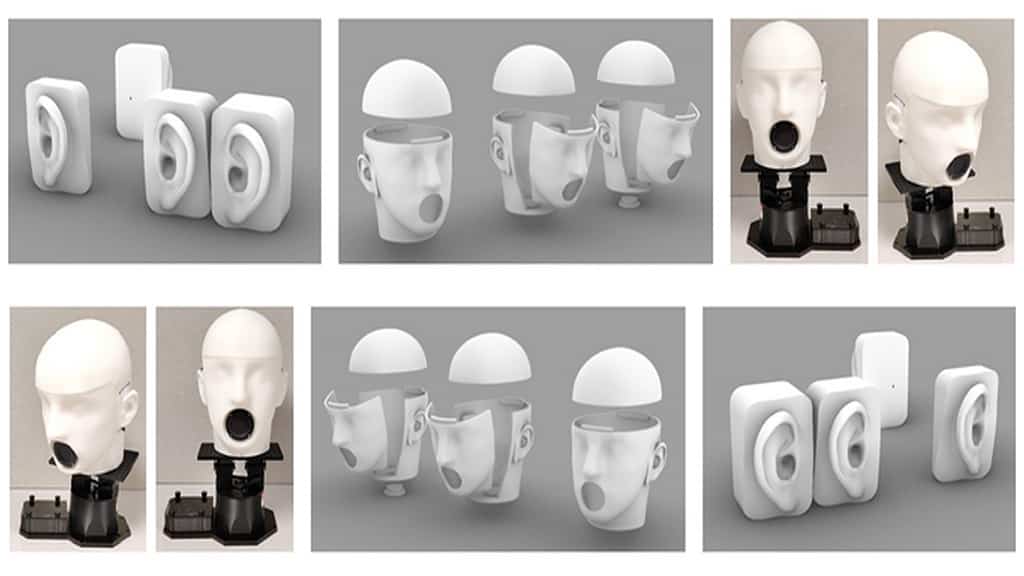A team of researchers has unveiled a collection of bizarre 3D-printed talking robotic. The robots, showcased at the 184th meeting of the Acoustic Society of America, are used to study how humans specifically. Specifically, how our ears receive sound in an environment like a cocktail party where multiple conversations happen simultaneously.

The researchers believe that a clear understanding of the human hearing process via these robots will allow scientists to create next-generation audio and sound technologies. But why do we need such hi-tech audio systems?
Well, there could be multiple use cases, for example, if you want to create a humanoid, it will only be able to listen and speak effectively if its audio system already clearly understands how human conversations take place in different natural settings.
Moreover, such technologies could also be of use in developing better hearing aids and smarter algorithms for audio devices. They could bring improvements in the software that decide the quality of conversation that you have with smart speakers, voice assistants, and various other acoustic devices, gadgets, and apps.
“Algorithms used to improve human hearing must consider the acoustic properties of the human head. For example, hearing aids adjust the sound received at each ear to create a more realistic listening experience. For the adjustment to succeed, an algorithm must realistically assess the difference between the arrival time at each ear and amplitude of the sound,” the researchers note.
Talking robotic heads makes it easy to study how humans listen
Currently, when scientists attempt to develop an advanced audio system, they are first required to record conversations with real human subjects for hours. This process is time-consuming, prone to errors, and has several limitations.
For instance, the subjects are required to stay still (while they are constantly talking and listening) throughout the recordings so that there are no variations in the acoustic pressure (pressure caused by sound waves) calculations.
If you’re a human, you know it’s almost impossible to stay perfectly still for hours during a conversation without feeling tired and frustrated. The talking robotic heads solve all these problems; they don’t get tired, they can remain still, and they won’t complain even if the recording sessions last for 24 hours.
Also, long and continuous recording sessions allow scientists to have more data sets that can be further used to make an audio system better. Anyone who works with the head simulators has complete control over their movement and the recording environment, which is not possible with a human subject.
What makes the robotic heads listen and talk like humans?
The heads are 3D printed and come equipped with 3D printed ears and other components that can be customized as per the requirement. They talk via loudspeakers that are fitted inside their mouths and mimic human vocals. To listen, they use their ears which comprise microphones, and Bluetooth devices.
Researchers have kept the 3D model of the head simulator open source, so other scientists could also download, modify and experiment with the design. Apart from the head, the neck of each robot is also designed to work like a real human neck. It allows a robotic head to easily switch between different directions during a conversation where many robots are talking at the same time.
The talking robot heads have the potential to speed up the development of highly advanced audio technologies. Moreover, with decreasing cost of 3D printing, such technologies are likely to become more accessible in the future. Hopefully, this exciting innovation will lead to many positive developments in the world of both acoustics and robotics.
The robotic head simulators are developed by researchers at the Augmented Listening Laboratory at the University of Illinois Urbana-Champaign. They were presented at the 184th ASA Meeting in Chicago on May 8. 2023.


